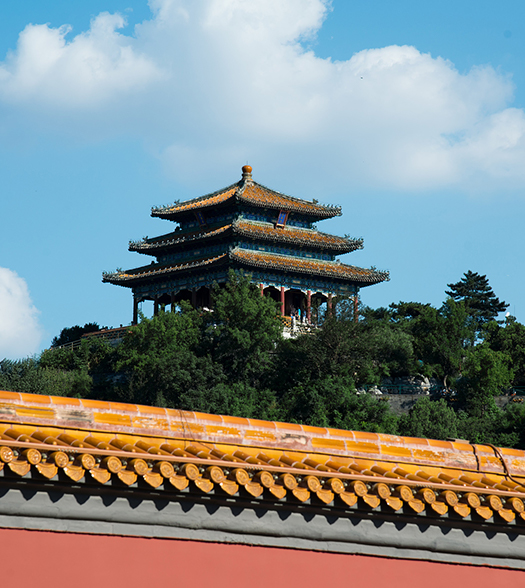-

China’s History and Population
China, nourished by Chinese civilization and culture, is among the oldest countries in the world.
China is a multiethnic country with Han Chinese as the majority. Han Chinese and other ethnic minorities are collectively referred to as the “Chinese nation” and call themselves “Descendants of the Yan and Huang Emperors” or “Descendants of the Dragon”. The Chinese people of all ethnic groups have jointly created the magnificent Chinese culture and boast a proud revolutionary tradition.
China is one of the world’s four ancient civilizations (alongside ancient Egypt, Babylon and India). It is a nation with a vast territory and many ethnic groups. In the pre-Qin period, the Huaxia ethnic group thrived in the Central Plains. Through cultural blending, they gave rise to the Han people in the Han Dynasty, laying the foundation for the dominant ethnic group in China. Later, by blending with neighboring ethnic groups, a united, multiethnic country came into being. China has seen a continuous rise in its population, which exceeded 10 million in the Song Dynasty, 40 million in the Qing Dynasty and 1.3 billion in 2005. As of 2021, the number was over 1.4 billion.
The Chinese culture has a long history and is splendid and extensive. Having a deep influence on the East Asian cultural sphere, it plays a significant role in the world’s cultural system. Chinese culture and economy show different characteristics across regions, due to geographical and natural variety. Traditional arts include poetry, opera, calligraphy and Chinese painting. Spring Festival, Lantern Festival, Qingming Festival, Dragon Boat Festival, Mid-Autumn Festival and Chongyang Festival are traditional festivals of importance in China.
-

A Diverse and Inclusive Social Environment
With a vast territory, China is a multiethnic, multilingual and multicultural country. There are more than 10 dialect groups and over 30 written scripts in China. The 56 ethnic groups enrich the country's diverse art forms with their customs and traditions. In terms of food, in addition to world-famous hotpot and dim sum, China's eight major cuisines provide food lovers with excellent dining experiences. With the vast territory comes a diversity of climates. From Harbin with a temperature of -25°C to Hainan Island with a temperature of 35°C, international students would enjoy travel in China.
China is a highly inclusive and open society. While studying in China, international students will meet friendly and nice Chinese people and fellow students from all over the world, and benefit from a larger international social network.
-

Live Chat
-

Free Assessment
-

Customized Programs
-

Calculation of Charges
-

Perk
Perk
Hello, check out these free benefits!-
Free Chinese Language Test Benefit 1What is your Chinese level? Which Chinese universities are you qualified?
-
Customize your international studying plan Benefit 2Which Chinese university is right for you? Which Chinese cities is best for you?
-
Perk
Hello, check out these free benefits!
-
Free Chinese Language Test Benefit 1What is your Chinese level? Which Chinese universities are you qualified?
-
Customize your international studying plan Benefit 2Which Chinese university is right for you? Which Chinese cities is best for you?

